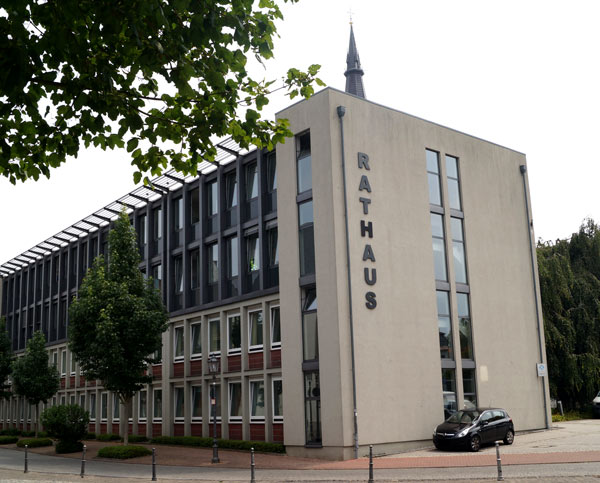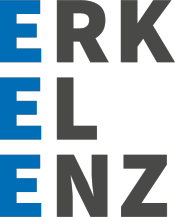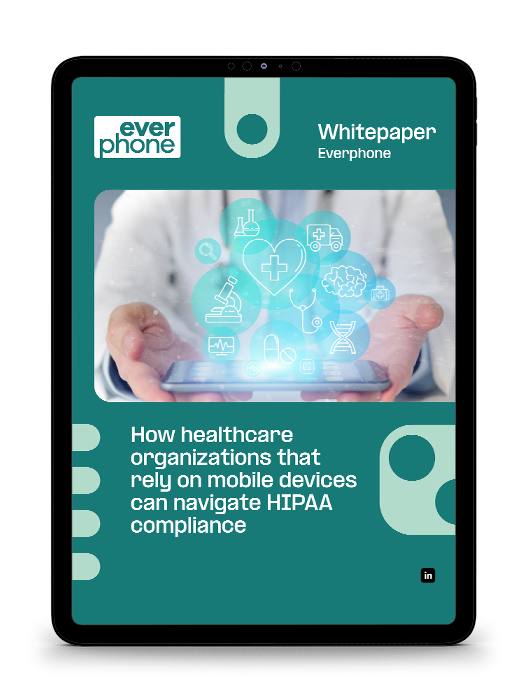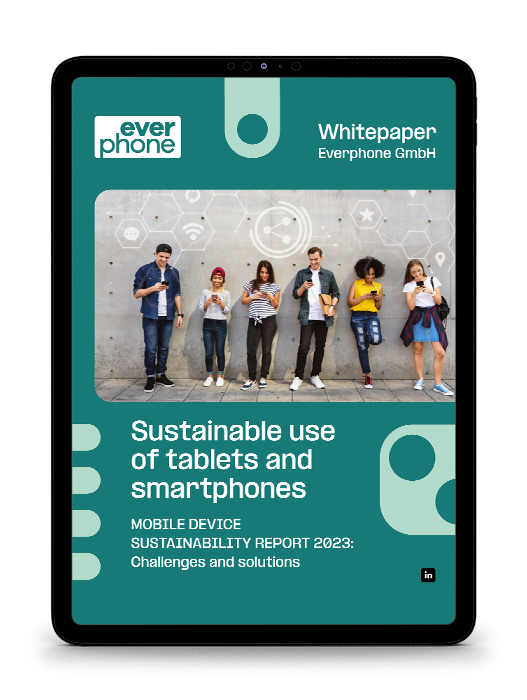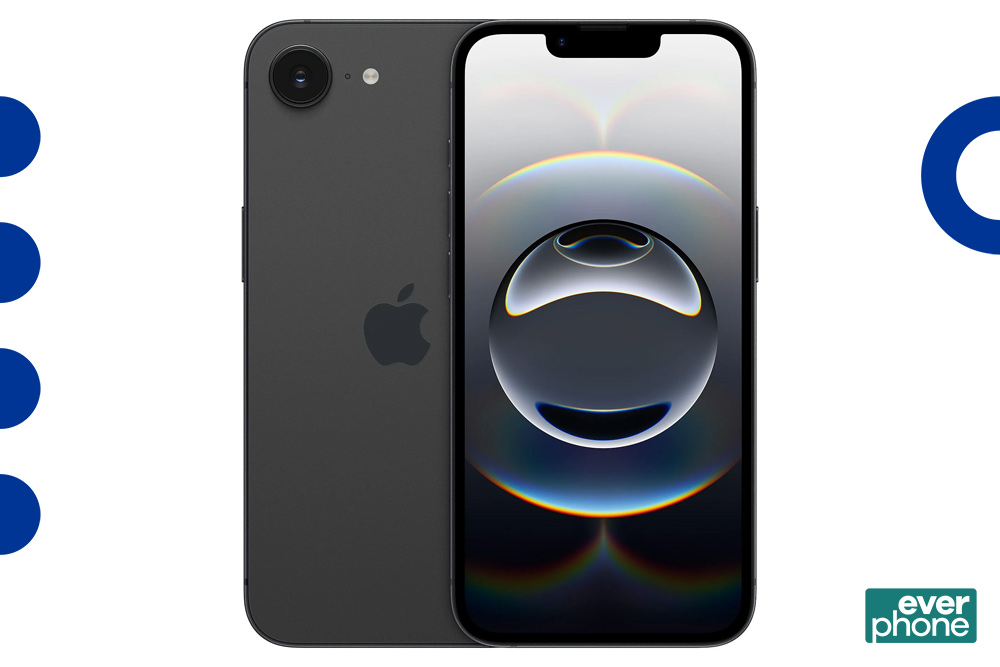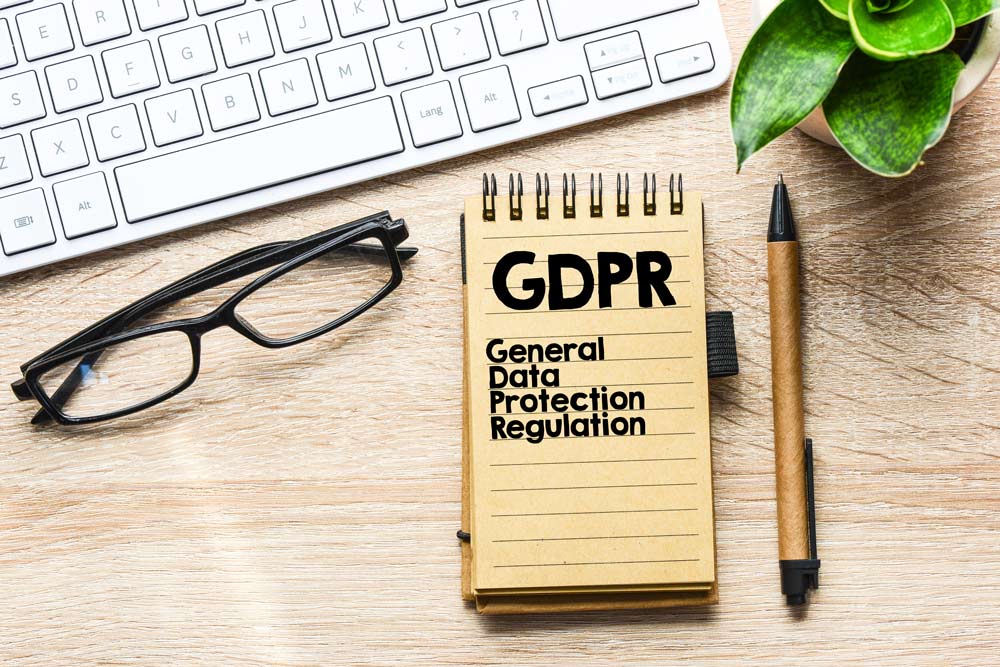Asset management systems help you track and manage your business assets. Payroll software streamlines the payroll process, making it vital for human resource management. But what’s the connection?
In this article, we’ll outline the features and advantages of both types of software. We’ll also explore their similarities and explain how using them together can benefit your business.
What are asset management systems?
An asset management system centralizes and simplifies the management of business assets. These include mobile equipment, vehicles, and even software subscriptions like Slack or RealVNC.
For example, MediaValet lets you catalog, track, and manage digital assets in one place. Asset management software offers several advantages over manual systems, which we’ll explore later.
Key features of asset management systems
Asset management systems have several features that help you manage your assets effectively. These include:
1. Asset identification and tracking
Asset management systems support a range of technologies to tag and track assets. These include barcodes, Bluetooth, RFID (radio-frequency identification), and QR codes.
Most systems also come with a check-in/check-out feature. This way, you always know which individual or department is using which asset.
2. Maintenance management
You can also use the software to keep a maintenance record for each asset so you can schedule regular maintenance checks. Some systems can even schedule repairs automatically based on historical data. This type of predictive maintenance is invaluable for keeping your business running smoothly.
3. Real-time reports
Asset management systems have dashboards that show your data in real-time. For instance, where an asset is and when it’s due to expire. You can also generate reports from this data to inform your decisions, like when to retire an asset.

4. Mobile-friendly interfaces
Many asset management systems also have a mobile-friendly interface or dedicated mobile app. This means you can track and manage your assets from anywhere at any time (crucial for a mobile workforce).
You can also use your mobile device as a scanner, so it’s easy to check assets in and out as needed. Just make sure you have good mobile security to keep company data safe.
Uses and benefits of asset management systems
There are many ways to use asset management systems to benefit your company. For example, you can:
- Optimize maintenance. Use the data in the system to optimize your maintenance program and extend the life of your assets.
- Improve auditing. The system keeps a complete record of each asset, including purchase date, model, serial number, repairs, value, and more. This makes internal and external auditing much easier.
- Efficiently manage asset life cycles. Asset management software shows you where each asset is in its life cycle and when it will need replacing. For instance, it can use data on the average smartphone lifespan to predict when an employee will need a new one. This means you can identify the best time to retire each asset and source replacements in advance. Everphone’s device-as-a-service can make this process both easier and cheaper.
- Monitor assets. These systems can monitor assets in real-time too, such as their performance and current value. This helps you pinpoint underutilized assets and better allocate resources.
- Make better financial decisions. Asset management systems also include financial forecasting tools to inform your decisions. For instance, depreciation models can show which is more cost-effective: Repairing an asset or replacing it.
- Infrastructure automation. Asset management systems enable infrastructure automation, streamlining the management of critical business assets and reducing the manual workload for your IT team.
What is payroll software?
Payroll software centralizes and automates all aspects of the payroll process, from approval to payment to tax filing. Some software also includes other HR functions, like time tracking and talent management.
For example, Paylocity is an integrated payroll and HRIS system. Such software can help you save time, improve accuracy, and retain top talent for longer. We’ll look at more of the benefits of payroll software in detail later on.
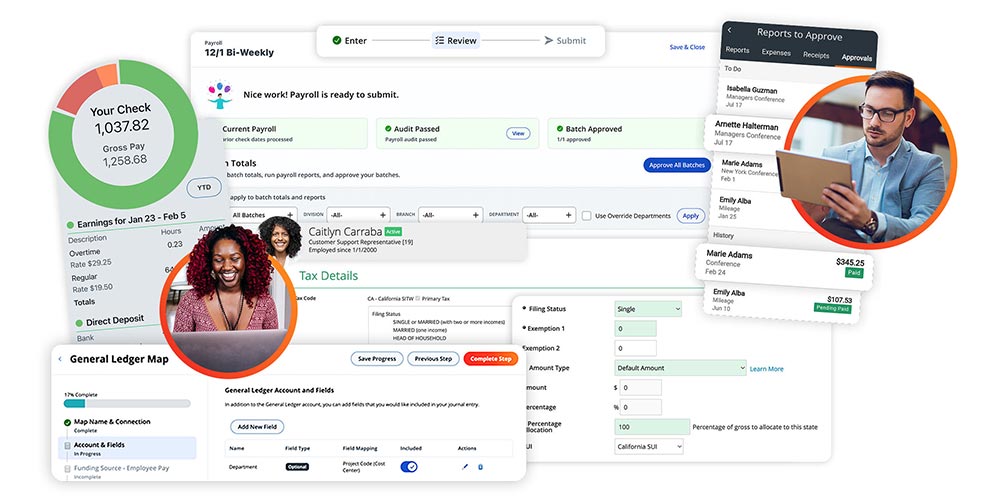
Key features of payroll software
The best payroll solutions have several key features in common to help streamline your payroll process. For example:
1. Direct deposit
The ability to directly deposit employee paychecks is a great way to save time and increase employee satisfaction. For instance, Paylocity direct deposit pays employees automatically weekly, biweekly, or monthly.
This handy feature reduces the burden on HR staff. It also gives employees the certainty of knowing exactly when you’ll pay them.
2. Custom reports
Payroll software lets you create custom reports on all your important payroll data: for example, budget, employee compensation, taxes, overtime, and more. With these reports, you can improve your payroll process, ensure compliance with government regulations, and better allocate your resources.
3. Expense management
If your company reimburses employee expenses, you need payroll software with expense management. This way, you can keep an accurate record of expenses and speed up payment. Some software also lets you use your smartphone to scan and upload receipts.
4. Employee self-service
Good payroll software also has employee self-service capabilities. This way, staff can view and update details themselves. They can also update their payment preferences, view vacation days and W-2 forms, and more. This empowers employees and saves time for HR staff too.
Uses and benefits of payroll software
Businesses of all sizes can use payroll software. Some providers even offer specialized payroll for small business owners or enterprises. In any case, payroll software can help you:
- Improve payroll accuracy. Payroll software can calculate wages and taxes automatically. This eliminates manual errors and improves payroll accuracy. This in turn helps to avoid mistakes that could damage your reputation and land you in legal trouble.
- Ensure compliance. With payroll software, you can keep an accurate record and prove compliance with tax regulations and company policies.
- Automate tax filing. Payroll software also automates tax filing. This eliminates mistakes that could otherwise lead to fines and also gives you more time for other valuable tasks.
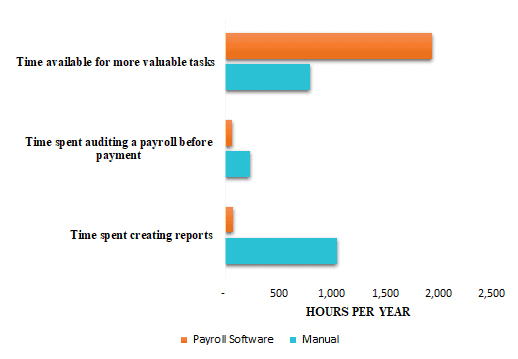
- Build trust. Self-service features improve transparency around the payroll process. Payroll software also ensures you pay staff accurately and on time. Both of these build trust with your employees and encourage them to stay with the company for longer.
- Manage compensation. The best payroll software includes a variety of compensation management features. It can calculate bonuses and adjustments more quickly and accurately than a manual process. This is another example of how payroll software can save time and keep employees happy.
How are asset management systems and payroll software connected?
There are many similarities between asset management systems and payroll software. For starters, they’re both cloud-based, and they both have a lot of benefits. And, when you use them together, these upsides are enhanced.
We’ve outlined the similarities and advantages below.
Time-saving automation
Both types of software automate manual tasks, saving time and improving efficiency. For instance, asset management systems automatically track assets, schedule maintenance, and more. Likewise, payroll software automatically calculates wages, deductions, and taxes.
Used together, these systems can save a great deal of time. That’s time you can spend on more valuable tasks.
Reporting and analytics
Both systems come with real-time reporting and analytics to track your business assets and payroll metrics. You can use this information in a variety of ways, including:
- Internal and external auditing
- Budget allocation
- Resource optimization
- Improving your payroll and asset management processes
- Boosting productivity and efficiency
Dashboards show this data visually, so it’s easy to spot patterns and track changes over time. Some asset management and payroll software options also have predictive analytics to help you plan for the future.
Cost efficiency
Cloud-based solutions are also more cost-effective. You don’t have to spend money on things like printer ink, paper, or storage. You also won’t be paying people for low-value tasks. Instead, you can invest your money in other areas.

Plus, you can use the data these systems gather to identify cost-saving opportunities. For example, some assets are rarely used but have high maintenance or storage costs. It may be more cost-effective to sell these assets and hire them when needed.
Robust security
Both systems are much more secure than manual asset tracking or payroll processing, too. This is because they come with robust security features, such as:
- Encryption
- SOC 2 compliance
- Password protection
- Granular access controls
- Automatic data backup
- Two-factor or multi-factor authentication
Together with other security measures, like VPNs and software to mask phone numbers, they help prevent cyberattacks and keep your critical data safe.
Centralized management
Additionally, each type of software lets you manage your business from a single interface. You can access this from anywhere, including your smartphone.
By centralizing your data and processes, you’ll have a complete picture of the company. Everyone can access the same data, improving visibility and preventing duplicate work. It’s also much easier to stay compliant with relevant regulations.
Asset management systems and payroll software: Better together
Asset management systems help you track and manage your physical assets, like equipment and software. Payroll software ensures you pay employees accurately, on time, and in line with regulations. Both systems complement each other, so it’s wise to use them together.
Make sure the systems you choose have all the features you need and fit within your budget. It’s also vital they can integrate with each other and any other tools you use, like accounting or mobile device management software. This way, you can improve visibility, enhance collaboration, and streamline workflows throughout your business.
